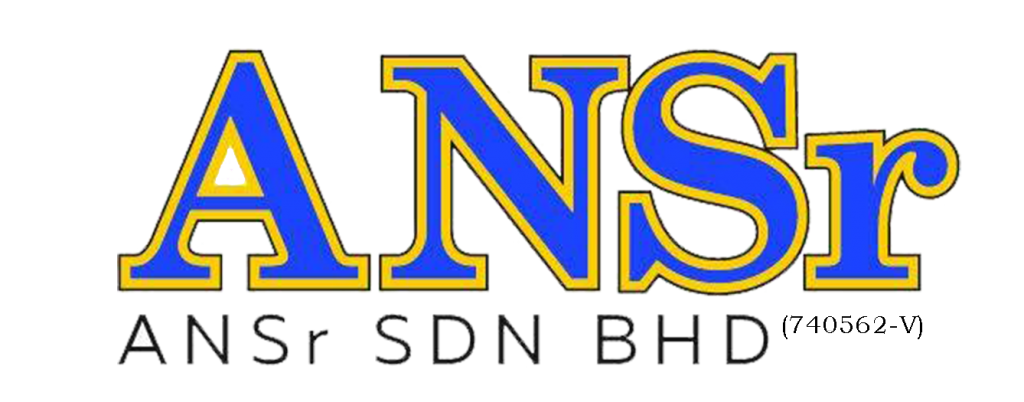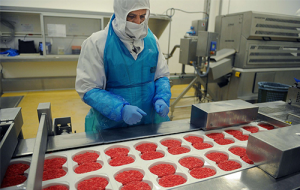Purifying Air and Destroying Airborne Bio-Contaminants
It is not uncommon for outside contaminants, including odors and allergens, to find their way migrating into a building. Restaurant odors, manufacturing off-gassing, diesel fumes from idling trucks, and even jet fuel from helipads can be pulled into the make-up air and distributed throughout the HVAC system and building.
Sanuvox Technologies line of in-duct UV air purification systems are the ideal solution for these often troublesome issues. Sanuvox offers exceptionally cost-effective systems that can address IAQ issues that filters and absorption media cannot. The proprietary system eradicates biological contaminants such as mold, bacteria, viruses, germs and allergens; reduces chemicals, VOCs and biological odors. Installed PARALLEL to the air-stream results in greater « dwell time » between the air and the UV lamps.
THE EQUIPMENT
The duct-mounted units are installed in the return or supply side of the HVAC system parallel to the airflow, and are supplied with multiple germicidal UV-C lamps, each with a section of oxidizing UV-V that can be adjusted (covered or removed) depending on the concentration of odors.
Typical installation on the HVAC return side:

OPERATING THE EQUIPMENT
The UV lamps disinfect the recirculating air in two ways:
1. The oxidizing UV-V section of the lamp reduces the chemical components in the air through photo-oxidation. The selected units are designed to be “dosed” on site according to the need.
2. The germicidal UV-C section destroys airborne biological contaminants (viruses, bacteria, mold).
PROCESS ON BIOLOGICAL AND CHEMICAL CONTAMINANTS
1- ACTIVATION PHASE: H2O + O* –> OH* +OH*
The ultraviolet photon energy (170-220nm) is emitted from a high-intensity source to decompose (break-down) oxygen molecules into activated monoatomic oxygen. The rate of production or effectiveness of this process depends on the wavelength and intensity of its source.
2- REACTION PHASE: OH*+ P –> POH
The activated oxygen atoms (O*) are then mixed in the airstream; the process will react with any compound containing carbon-hydrogen or sulfur, reducing them by successive oxidation to odorless and harmless by-products. If airborne contaminants are outnumbered by the activated oxygen atoms, then there will be formation of residual ozone (O3), which will occur following the oxidation of normal oxygen molecules (02).
3- NEUTRALISATION PHASE: (also germicidal) O3+UV(C) –> O2+O*: O+O –> O2
CHEMICAL DECOMPOSITION
Formaldehyde CH2O + OH* –> CO2 + H2O
Ammonia NH3 + OH* –> N2 + H2O
Styrene C8H8 + OH* –> CO2 + H2O
Mercaptans H2S + OH* –> SO2+ H2O
WHERE TO INSTALL
Many buildings and facilities can be equipped with these in-duct units, like buildings near airports and helipads, buildings with adjoining warehouse (diesel), printing shops, restaurants, mechanical workshops, and crematoriums.
HEADQUATERS
PG35, Damansara Perdana Shopping Centre, Jalan PJU 8/1, 47820, Petaling Jaya, Selangor, Malaysia
TEL : 0377332757 EMAIL:info@ansrcare.com
BRANCH
Lot 3484 B, Tingkat Bawah Wisma Seri Panji Alam Jalan Panji Alam 21100 Kuala Terengganu, Terengganu Darul Iman.
TEL:096229270 EMAIL:info@ansrcare.com
ANSRCARE.COM © 2018, All Rights Reserved. Web Design By BG Design







